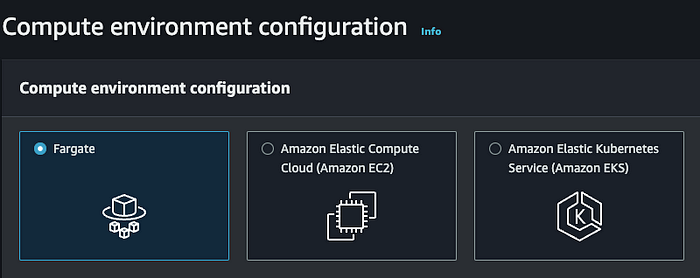
AWS Lambda vs AWS Batch
When it comes to event-driven execution or batch processing job execution, two of the most popular options are AWS Lambda and AWS Batch, both offered by Amazon Web Services. Both have different benefits, features and limitations. So, choosing between these two services can be a challenge. So to help you make a better choice for your workload, we will go through a detailed comparison of AWS Batch and AWS Lambda So, either you’re looking to build event-driven serverless applications or to run batch computing workloads or both, this comparison will give a better understanding of the key differences, advantages and trade-offs of each service.
1. Timeout duration
Photo by stefan moertl on Unsplash
- AWS Lambda functions can be configured to run up to 15 minutes per execution.
- AWS Batch doesn’t have default timeout limit, if job timeout is not specified, the job runs until the container exits.
- Timeout duration can be specified for AWS Batch jobs so that if a job runs longer than that, it will be automatically terminated by AWS Batch.
- So, AWS Lambda is preferred for short running tasks while AWS Batch is preferred for long running computaion heavy tasks.
2. Compute environment
- As AWS Lambda is an event-driven, serverless computing service it automatically manages the computing resources required by the code.
- While in AWS Batch we can provide Farget, Amazon Elastic Compute Cloud ( Amazon EC2) or Amazon Elastic Kubernetes Service ( Amazon EKS) as compute provisioning model.

AWS Batch | Provisioning models
- AWS Batch run containers without having to manage servers or clusters of Amazon EC2 instances. So with AWS Fargate, you no longer have to provision, configure, or scale clusters of virtual machines to run containers.
- Amazon EC2 should be used when you need access to particular instance configurations (particular processors, GPUs, or architecture) or for very-large scale workloads.
- Amazon EKS can be used when you want to leverage Kubernetes (K8s).
3. Resource Allocation
- Resource allocation for AWS Lambda is managed automatically by the AWS.
- While in AWS Batch resource allocation is managed manually by the user.
4. Flexibility
- AWS Lambda is highly flexible, it can be triggered by a wide range of events. Some of the commonly used events are:
(1) S3 events: when a new object is created or deleted in an Amazon S3 bucket.
(2) DynamoDB events: when an item is added, modified, or deleted in an Amazon DynamoDB table
(3) API Gateway events: when an API Gateway endpoint is accessed.
(4) SNS events: when a message is published to an Amazon Simple Notification Service (SNS) topic
(5) CloudWatch events: when a CloudWatch event is generated, such as a scheduled event or an event generated by a b.
(6) Kinesis events: when a new record is added to a Kinesis stream
(7) CodeCommit events: when a new commit is pushed to a CodeCommit repository. - While AWS Batch is not flexible as AWS Lambda is, it can be integrated with services Amazon S3, Amazon CloudWatch, AWS Step Functions, AWS Glue etc.
5. Cost
Photo by Kelly Sikkema on Unsplash
- The cost of AWS Batch and AWS Lambda depends on several factors, including the size and complexity of your batch processing jobs and the number and frequency of events that trigger your AWS Lambda functions.
- AWS Lambda is priced based on the number of requests and the duration of the functions execution time, with a free tier that includes 1 million requests and 400,000 GB-seconds of compute time per month.
- While AWS Batch is priced based on the type and number of instances used to run batch job(s), the amount of storage and data transfer used.
- In general, AWS Lambda can be more cost-effective for smaller, short-lived tasks or for event-driven computing use cases. For long running or computation heavy tasks, AWS Batch can be more cost-effective, as it allows you to provision and manage a more robust computing environment.
Sample use cases where AWS Lambda and AWS Lambda fits well
- AWS Lambda can be used to image processing, such as resizing, watermarking etcin real-time.
- AWS Lambda can be used in file processing as and when file uploaded/deleted from S3 buckets.
- AWS Lambda can used to send emails, notifications or messages.
- AWS Batch can be used to process large amounts of data, such as converting raw data into a some usable format or aggregating data from multiple sources.
- AWS Batch can be used to run large-scale parallel processing workloads, such as weather forecasting. Thank you for reading, please follow if you find the article useful.